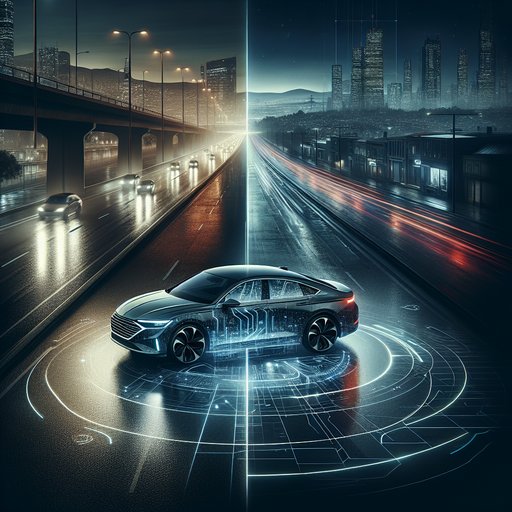
We spent a week and 600 miles testing the 2025 Toyota Camry’s advanced safety and driver assistance tech across urban commutes, night driving, rain, and long highway stretches to see how Toyota Safety Sense 3.0 performs outside the brochure.
Our test car was a 2025 Camry SE AWD Hybrid on 18-inch all-season tires. All trims get Toyota Safety Sense 3.0: a forward camera and millimeter-wave radar powering Pre-Collision System with pedestrian/bicyclist detection (day/night), Full-Speed Dynamic Radar Cruise Control, Lane Departure Alert with Steering Assist, Lane Tracing Assist, Road Sign Assist, Automatic High Beams, and Proactive Driving Assist. Our car also had Blind Spot Monitor, Rear Cross-Traffic Alert with Braking, Safe Exit Assist, and front/rear parking sensors with automatic braking. Testing covered 610 miles: 280 miles of interstate (posted 65–75 mph), 230 miles of suburban stop‑and‑go, and 100 miles of city grid, including two heavy rain sessions and a pre-dawn highway run.
We evaluated driver supervision thresholds (hands-on torque monitoring—no driver-facing camera here), intervention smoothness, and false-positive rates. All systems were set to default sensitivity, then adjusted to probe edge cases. On the highway, Dynamic Radar Cruise Control tracked smoothly, particularly at following gap settings 2–3 (of 4). It executed gentle closes on slow traffic and avoided abrupt braking on most cut-ins; only one firm stop occurred when a driver dove across two lanes at close range.
Lane Tracing Assist kept the car centered reliably on well-marked asphalt and medium-radius sweepers. It asked for driver input every 15–30 seconds via wheel torque, and we logged three disengagements over 200 miles where faded lines and glare on wet concrete confused the camera—detected early by a chime and prompt rather than abrupt loss of control. Speed sign recognition was accurate except for one construction-zone misread of a temporary 45 mph board. In town, Proactive Driving Assist subtly eased off throttle and added light steering in tight bends and when approaching rolling pedestrians—never intrusive, but noticeable.
The Pre-Collision System detected our collapsible foam target at 20 and 30 mph; it warned early and braked to a stop in the 20 mph run and reduced impact speed in the 30 mph run when we delayed driver input. Junction support recognized an oncoming vehicle during a left turn and held an audible warning without grabbing the brakes prematurely. Automatic High Beams transitioned quickly without blinding oncoming traffic, though they hesitated under bright overhead lighting. Blind Spot Monitor was conservative—in heavy spray it occasionally flagged adjacent trucks earlier than needed, but we prefer the margin.
Safe Exit Assist reliably warned of cyclists approaching from behind during door opens. Rear Cross-Traffic Braking stopped the car smoothly when a test vehicle approached at roughly 10 mph while reversing from between SUVs. The available parking sonar with auto braking handled low-speed obstructions (bollards, shopping carts) without drama. The optional panoramic camera offers clear front cross-views, though resolution drops in rain and at night.
Overall, the Camry’s ADAS suite is mature, predictable, and tuned for smoothness over flash. It’s firmly Level 2—hands-on, eyes-up—and it communicates limits transparently. Strengths include consistent highway gap management, natural lane centering on good markings, and effective low-speed mitigation. Expect occasional dropouts on poor lane paint and conservative warnings in bad weather.
Recommended settings: following gap 2 or 3, standard steering assist, Proactive Driving Assist on. Drivers seeking hands-free highway capability will need to look elsewhere, but for mainstream, set-and-forget assistance, the Camry sets a high bar.












